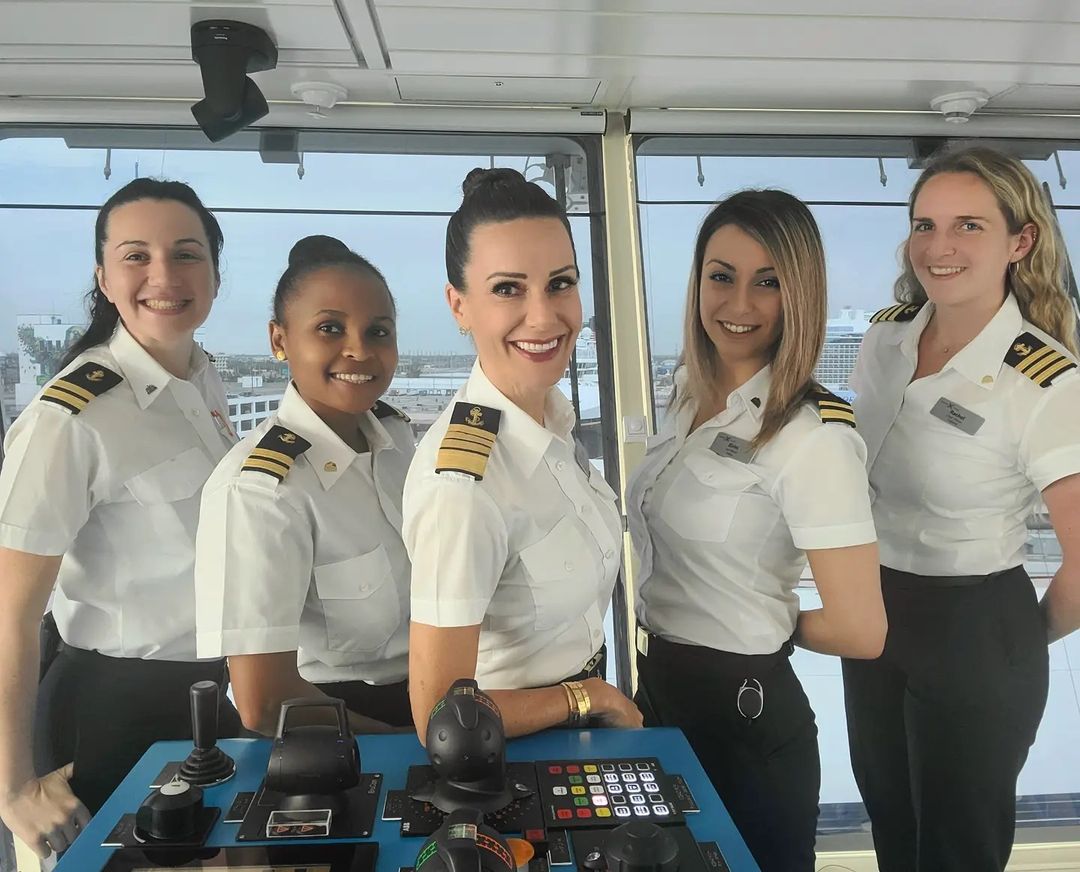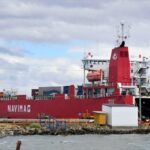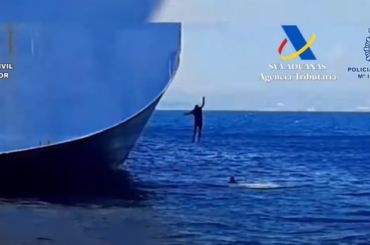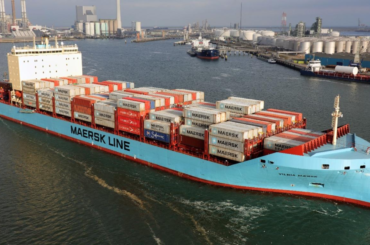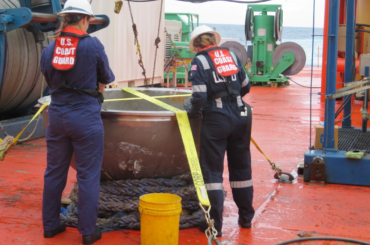The United Nations International Maritime Organization has declared May 18th to be ‘International Day for Women in Maritime’. The resolution was accepted by the IMO Assembly, the highest governing body of the international maritime regulator, during its 32nd session, which is now taking place from December 6 to 15.
The day of observance will celebrate women in the maritime industry and is intended to promote the recruitment, retention, and long-term employment of women in the industry, raise the profile of women in maritime, strengthen IMO’s commitment to the United Nations Sustainable Development Goal 5 (to achieve gender equality and empower all women and girls), and support efforts to address the current gender imbalance in maritime.
Historically, the maritime industry has been dominated by men. According to the BIMCO/ICS 2021 Seafarer Workforce Research, women comprise only 1.2 percent of the worldwide seafarer workforce, with the estimate projecting there are 24,059 women serving as seafarers, which is a 45.8 percent increase compared with the 2015 report. However, the IMO has made a concerted effort to assist the sector in moving forward and to assist women in achieving representation. The Women in Maritime initiative of the International Maritime Organization (IMO), launched in 1988, adopts a strategic approach to strengthening the role of women as major maritime stakeholders.
The proposal to establish an International Day for Women in Maritime was supported by the IMO’s Technical Cooperation Committee (TC) in September and then adopted by the IMO Council at its November meeting.
“This day for women in maritime will further efforts to achieve SDG 5 on gender equality,” said IMO Secretary-General Kitack Lim. “It is a perfect follow-on action to the 2019 theme of empowering women in maritime and the Assembly resolution adopted in 2019. I am pleased that the Member States have joined in the call to achieve a barrier-free environment for women, so that all women can participate fully, safely and without hindrance in the activities of the maritime community, including seafaring and shipbuilding.”

